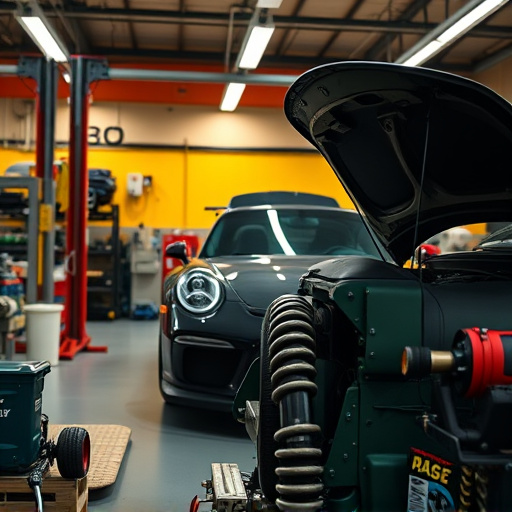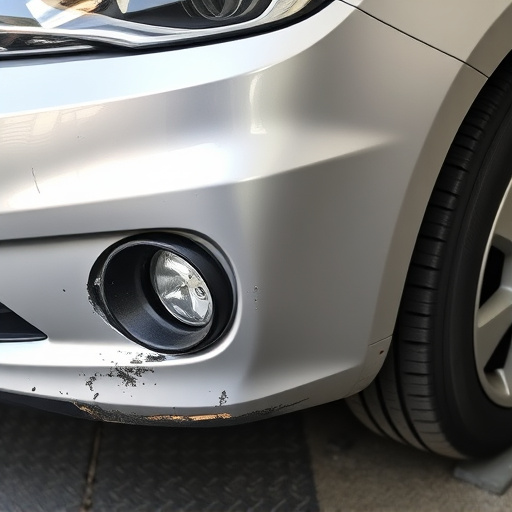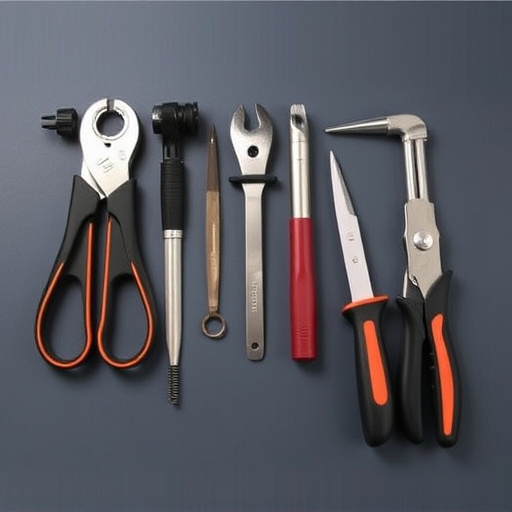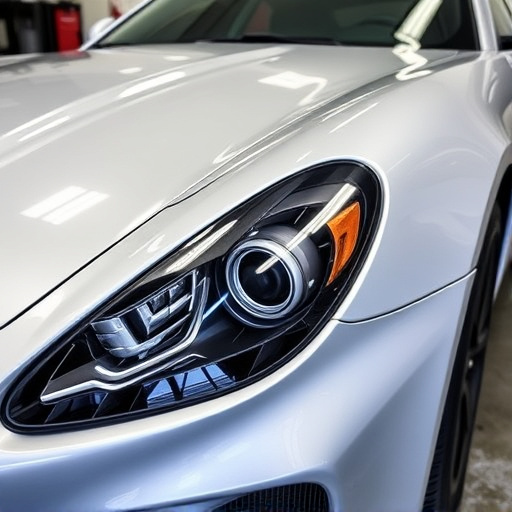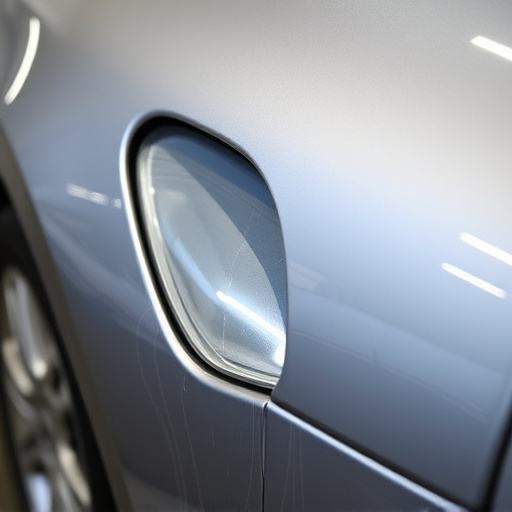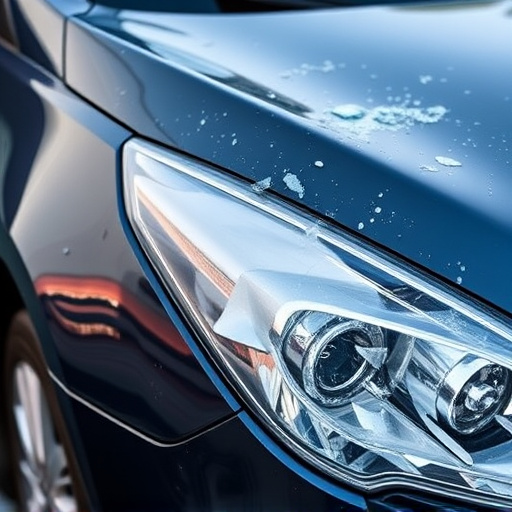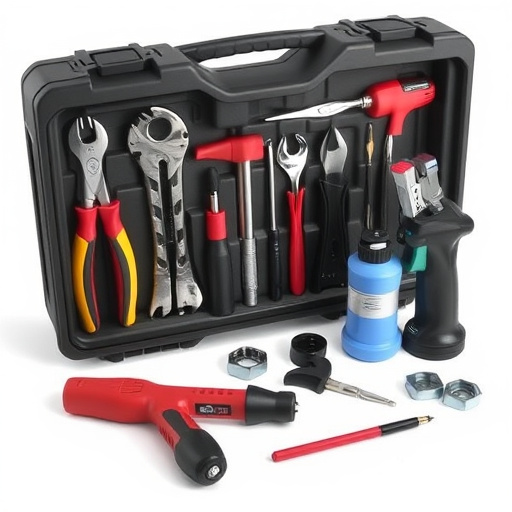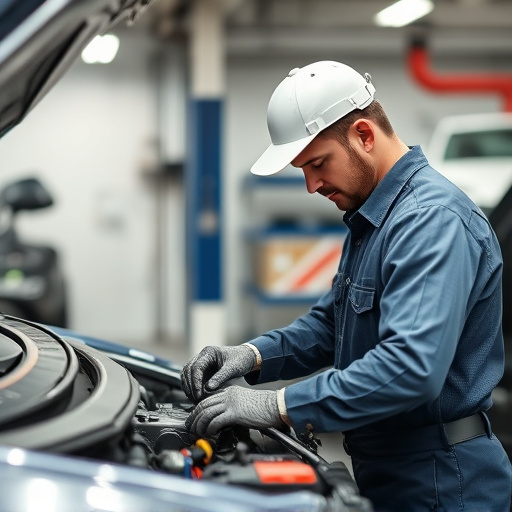Door seals, vital for preventing leaks and intrusion, degrade over time due to weather, temperature, and use. Replace them with durable materials like silicone or EPDM known for UV resistance, shape retention, and structural integrity, similar to car bodywork services. Focus on resilience against environmental factors, moisture, and extreme temperatures to prevent frequent replacements. Cleanliness, proper surface preparation, and following manufacturer instructions ensure optimal performance and extended seal life.
Looking to upgrade your home or vehicle’s door seal? Regular wear and tear can compromise their effectiveness, leading to drafts and reduced energy efficiency. This article guides you through choosing the best door seal replacement materials, from durable rubber to advanced synthetic compounds, designed to withstand harsh conditions. We’ll also offer installation tips for a secure fit, ensuring longevity and optimal performance. Discover how to enhance sealing for better insulation and quieter interiors with these expert recommendations for successful door seal replacements.
- Understanding Door Seal Wear and Common Materials
- Choosing Resilient Seal Replacement Options
- Installation Tips for Longevity and Efficiency
Understanding Door Seal Wear and Common Materials
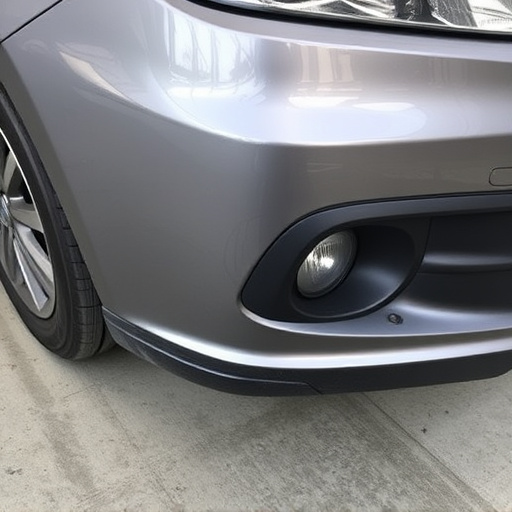
Door seals, essential components that prevent air leaks and water intrusion, are subjected to constant wear and tear due to varying weather conditions, extreme temperatures, and regular use. Over time, these seals can become brittle, deform, or lose their flexibility, compromising the door’s ability to create an airtight seal. Understanding this process is crucial when considering a door seal replacement, especially for those seeking long-lasting solutions.
Common materials used in door seal replacements include synthetic rubbers like silicone and EPDM (Ethylene Propylene Diene Monomer). These materials offer excellent flexibility, resistance to UV rays, and the ability to maintain their shape over extended periods. Unlike natural rubber, which can crack and become brittle, synthetic options are more durable and suitable for both residential and commercial doors. Additionally, car bodywork services often employ these materials in seal replacements to ensure vehicles’ structural integrity, a process that mirrors the precision required in body shop services for other vehicle components, including car dent removal.
Choosing Resilient Seal Replacement Options
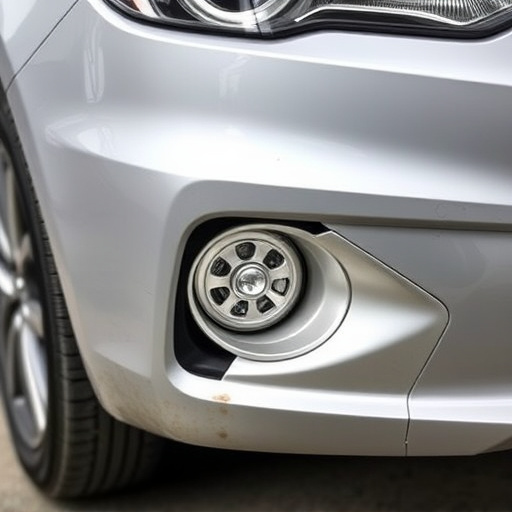
When selecting door seal replacement materials, prioritizing resilience is key to preventing frequent replacements and ensuring your vehicle’s security. Look for options that offer superior durability against environmental factors like UV rays, extreme temperatures, and moisture, which can all contribute to wear and tear. High-quality silicones and rubber compounds are excellent choices as they maintain their flexibility over time, resisting cracking and hardening that often occurs with lower-grade materials.
Additionally, consider the specific demands of your vehicle’s make and model. Some cars, especially luxury vehicles, may require specialized seal replacement parts designed for precise fitting and enhanced protection against infiltration. If you’re not sure where to begin, consulting an auto repair near me with expertise in car bodywork services can offer guidance tailored to your needs, ensuring a long-lasting door seal replacement solution for your luxury vehicle repair.
Installation Tips for Longevity and Efficiency
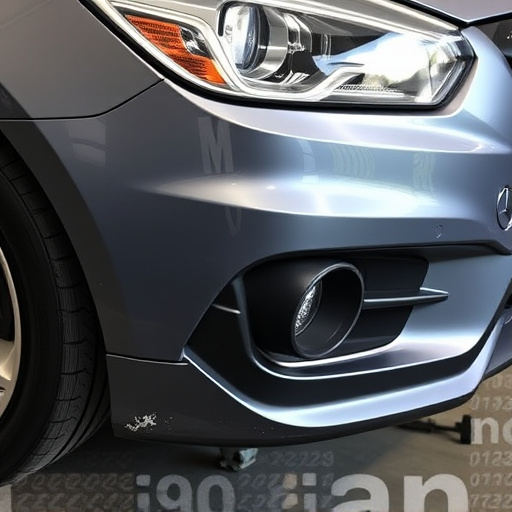
When replacing your door seal, there are several installation tips to keep in mind for longevity and efficiency. First, ensure that the surface is clean and free from debris or old sealant residue, as any contaminants can compromise the new seal’s effectiveness. A smooth, prepared surface will allow for a more precise application, leading to better performance over time.
Second, use high-quality materials suitable for your climate and door usage. Consider factors like temperature fluctuations and UV exposure when selecting your door seal replacement, opting for products designed for durability and resistance against wear and tear. Additionally, follow manufacturer instructions closely during installation, including using the right tools and techniques to avoid damaging the seal or the door itself. Remember that proper installation is key to reaping the benefits of a high-quality door seal replacement—both in terms of functionality and longevity, much like how paintless dent repair services in an auto body shop focus on restoring vehicle aesthetics without extensive auto body work.
When it comes to choosing the best door seal replacement, opting for materials that can withstand the test of time is crucial. By understanding the factors contributing to door seal wear and exploring resilient options, you can ensure a durable fix. Remember, proper installation techniques significantly enhance the longevity and efficiency of your chosen material. With these tips in mind, tackling door seal replacements will be a breeze, leading to enhanced energy efficiency and reduced maintenance for years to come. So, get ready to dive into the world of door seal replacement and transform your home’s comfort level!

